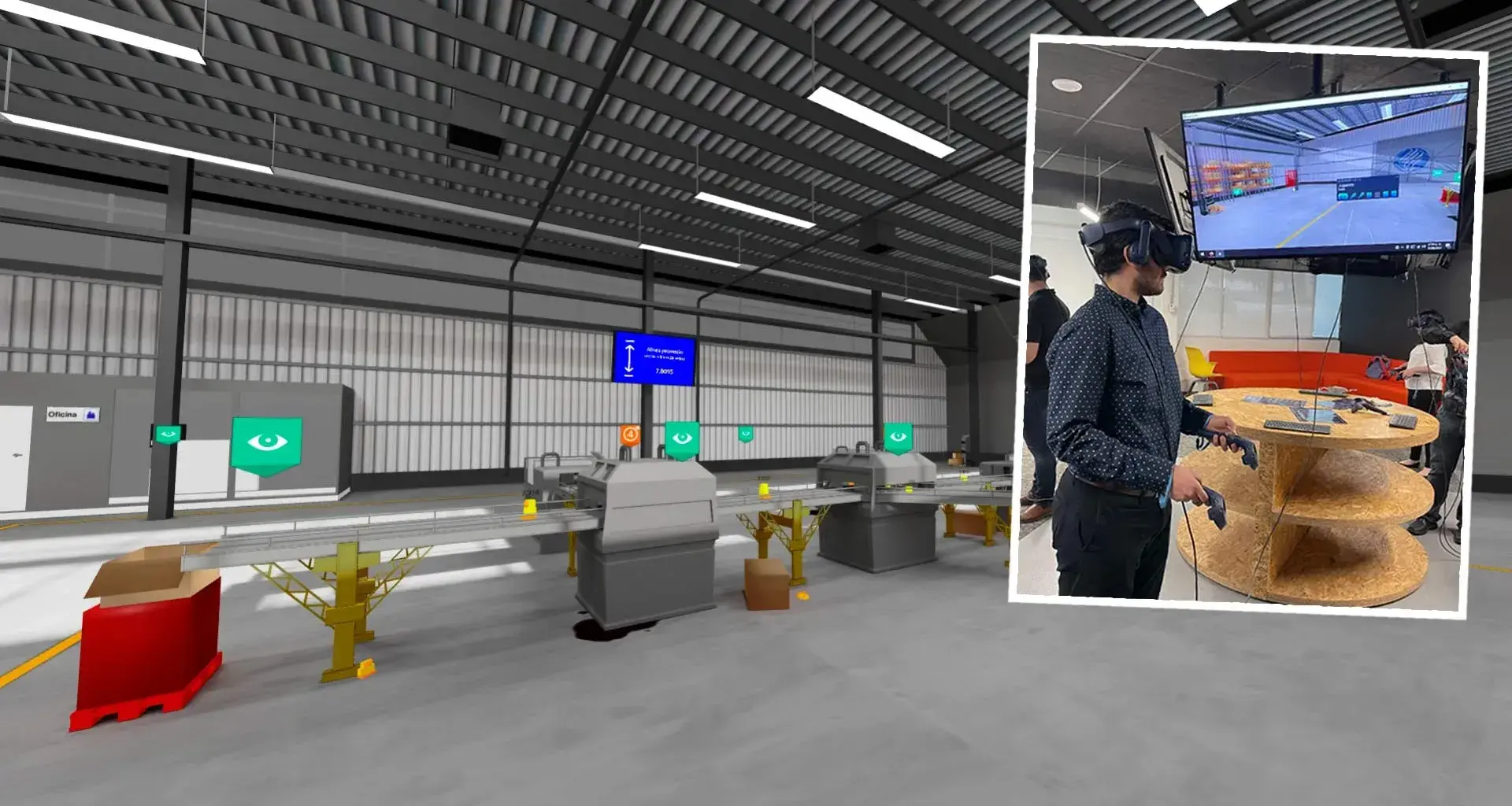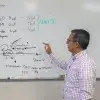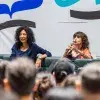In 2020, the COVID-19 pandemic interrupted the internships that industrial engineering students were doing in plants and factories. In response to this, Tec de Monterrey professors developed a virtual reality tool so that students could continue learning.
This is the RV Duck Toys Factory project, which consists of a virtual reality plant that produces modular duck toys so that students can analyze and modify relevant values in quality and process improvement.
The tool was initially developed so that students receiving the Lean Six Sigma Green Belt Certificate issued by Arizona State University would have a flexible alternative in a digital environment that was available to them 24 hours a day, 7 days a week.
“We thought of an experience that could simulate the situation, the challenges, the frustration, and the unstructured data that they are going to face in the real world without being exactly like going to the factories,” said the designer of the tool, Dr. Francisco Tamayo.
The Lean Six Sigma methodology consists of improving processes through the analysis and control of data and statistics in order to optimize industrial work such as product manufacturing and customer satisfaction.
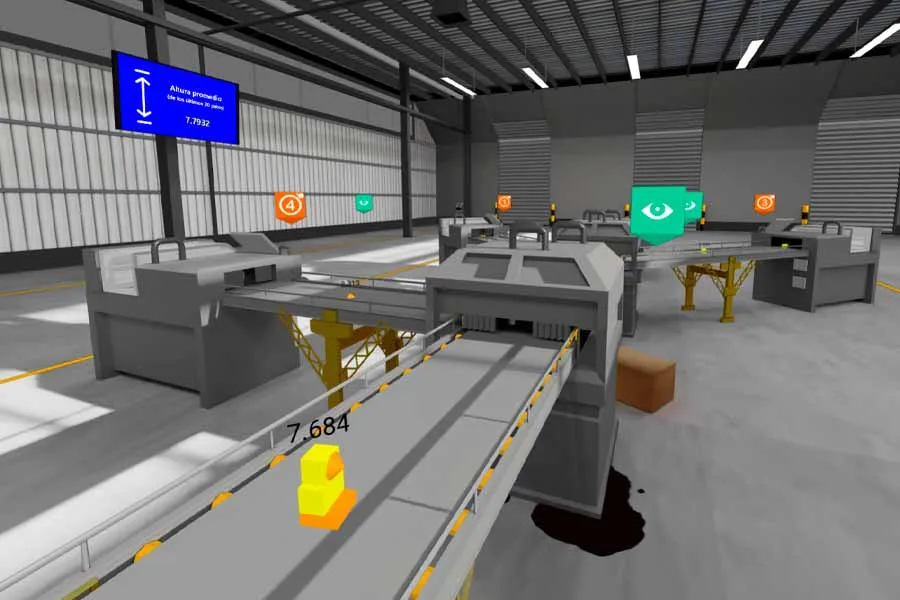
The pandemic halts physical practices, but not learning
When the lockdown was ordered because of the COVID-19 pandemic, it was a challenge for Digital Education teachers to continue to teach the certificate because factories were restricting access to their facilities.
“Our certification students usually go out to solve a real project in a company in their local area. In the pandemic, companies weren’t going to let them in, and the Tec wasn’t going to send them out to risk exposing them,” said Dr. Tamayo.
This led the professor and his colleagues, Jorge Mosqueda and Ángeles Aguirre, together with areas of the Department of Educational Innovation and Digital Learning, to devise a tool that is accessible from a computer, cell phone, or virtual reality equipment.
The areas that participated were Digital Experience for Professionals: Engineering, Humanities, and Architecture; Production and Creative Design; Pedagogical Design and Architecture; and Innovation in Learning Experiences.
What resulted was a virtual reality plant to produce Lego-like duck blocks, made up of several pieces manufactured in four machines with seven parameters that affect aspects such as speed, temperature, and dimensions.
“One experiment is that the ducks have to come out at a certain height, and you can achieve this by making the head, belly, or legs, or all of the above, a little bigger. That’s part of the challenge, which allows for many solutions,” said the professor.
In addition, the platform has some easter eggs, such as ducks lying on the floor or oil coming out of the machines, which develop students’ analytical and reasoning skills, he said.

Safety and freedom to learn in a VR environment
Dr. Tamayo points out that this tool offers some benefits that even go beyond the experiences students would have in real-world factories, where their actions would be limited.
“Here, the students have the ‘superpower’ to walk through an industrial plant without anything happening to them, move to production, and see the real effect, without being run off or scolded. That’s something they’ll never have in real life, and here they’ll have total freedom,” the professor said.
“No plant will allow you to move their machines because you can lose a day’s production or decalibrate the system, and that’s very expensive,” said Ingrid Benavides, academic coordinator of Digital Experience.
Benavides pointed out that the tool provides around 20 activities that students can carry out, some of which include:
- Sampling and timing
- Estimating defect rates and production capacities
- Time series
- Design of experiments
- Process capability and measurement system analysis
- Process mapping
- Control charts
- Analysis with Lean tools
The professor pointed out that students have had a good experience by using the tool and have been able to develop skills such as analysis and problem-solving, collaboration, negotiation, and teamwork.
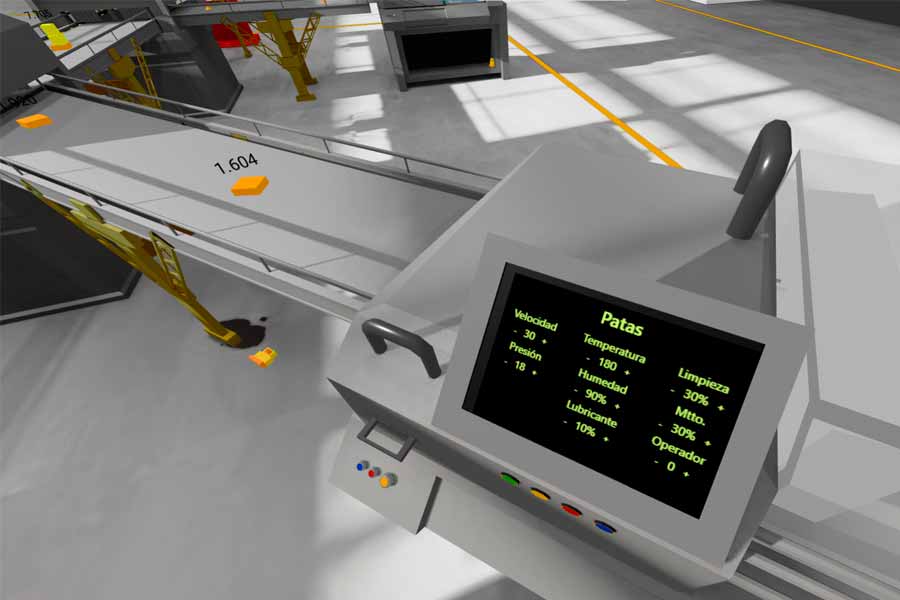
The design of a simple and easy-to-use tool
Tamayo explained that one of the peculiarities of the virtual plant is that, although it seeks to offer experiences that are close to reality, it is simple to use and is more attractive than doing exercises in a textbook.
“Our duck toy plant has the fun of simple games. You don’t need to be an engineer to know what’s going on. It’s very easy to understand, but it’s hard to win. That generates student engagement,” the professor added.
The teacher also says the tool is a blank slate because it was designed to be used not only to solve problems, but also for professors who use it to carry out different practices and exercises depending on their discipline.
“Every time we present it to professors, they see it through the eyes of their problems. Even though it was designed for six sigma problems, when professors from different areas use it, they visualize and conceptualize it in a way that’s oriented toward their needs,” he said.
Dr. Tamayo also said that in the process of defining the tool’s practices, they applied a transdisciplinary approach in which students, professors, and some industry stakeholders shared their opinions.

Bringing their educational technology to the international stage
Benavides said that the tool is now being used by undergraduate and graduate engineering students at the Monterrey campus; in Continuing Education; and the Tec21 Model in a block for students at the Santa Fe campus.
The Tec21 Model is based on challenge-based learning, with flexibility, inspiring teachers, and a student experience.
“From February 2022 to now, we’ve impacted more than 650 students,” he said.
The coordinator also mentioned that the platform has been shared with other higher education institutions such as the Central University of Chile, Coquimbo Region campus, and Regiomontana University (U-ERRE) in Monterrey.
Tamayo said that he also presented the project at a Massachusetts Institute of Technology (MIT) transdisciplinary symposium, TE 2022: The Future of Engineering, at the 29th International Society of Transdisciplinary Engineering (ISTE).
“We did one of the three workshops that were presented at the MIT conference, where we taught them how to design this type of experience. There’s a scientific Scopus paper that is about to be published from the conference proceedings,” he said.
The tool was launched in August 2020. It underwent a major redesign the following year, and in February 2022, a site was created with instructions and evaluation rubrics for professors. Benavides said they are already thinking about the next phase.
ALSO READ:

